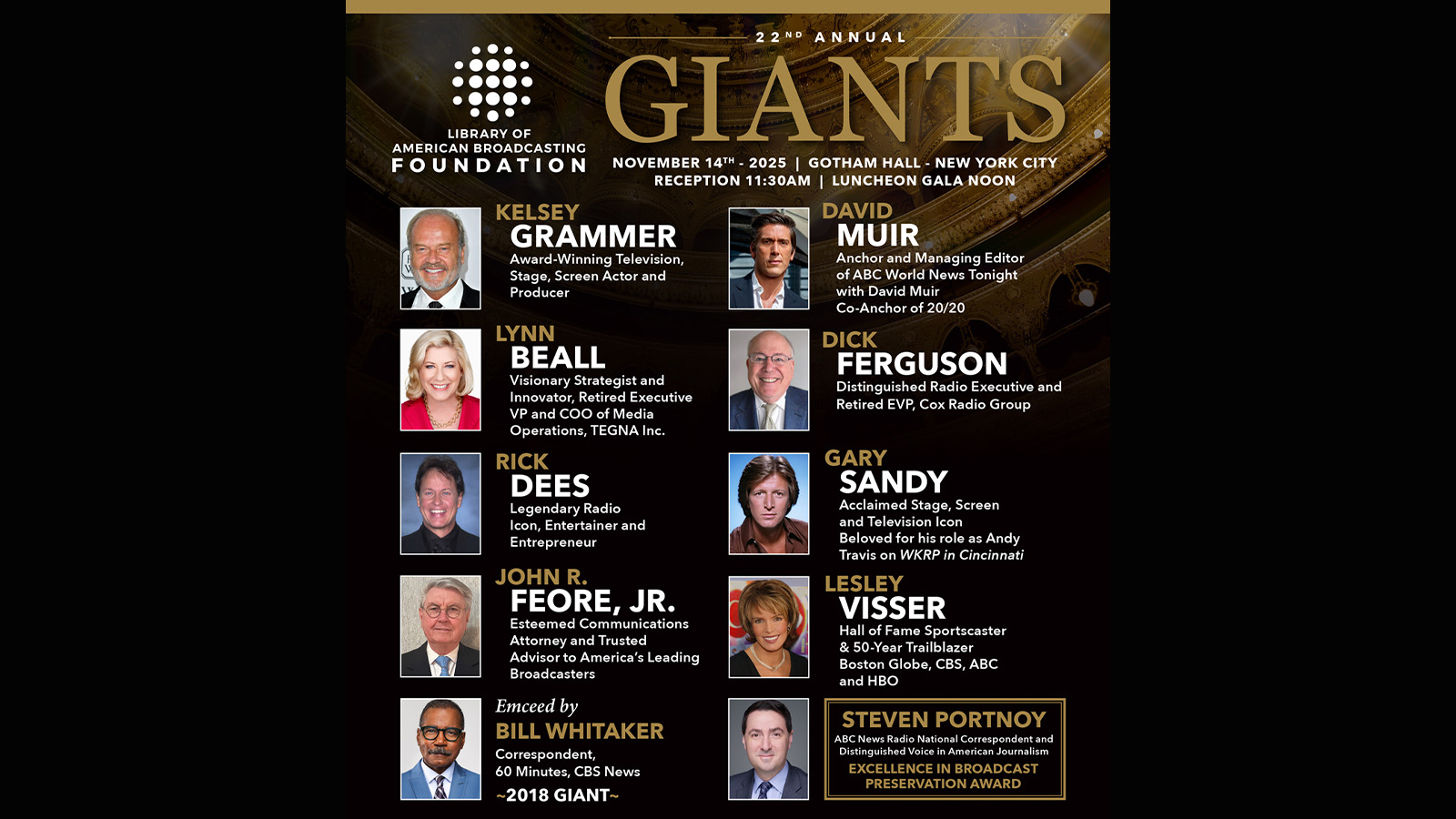Networks, Nielsen React to MRC Accreditation Loss
The Video Advertising Bureau called the MRC decision “a loud change-or-die challenge” to Nielsen

NEW YORK—Following the decision by the Media Rating Council (MRC) to remove its accreditation of Nielsen’s national and local TV measurement services, Nielsen has been working to reassure clients while the Video Advertising Bureau (VAB) representing major networks called the decision “a loud change-or-die challenge” to Nielsen.
The VAB also complained that the “time has officially expired on friction and frustration.”
The VAB represents a host of major programmers, including A+E, Discovery, Disney, Fox, NBCUniversal and Viacom CBS, and has been outspoken all year about Nielsen’s measurement problems.
“The united buy/sell marketplace decision to suspend Nielsen’s national and local market accreditation must be seen by Nielsen as a loud change-or-die challenge,” said Sean Cunningham, president and CEO of the VAB in a statement. “In fact, all measurement and currency providers with big future aspirations in the video advertising sector must take the 2021 mandate for real transparency, full and deep audience capture, urgent innovation and rigorous verification as mission-critical for them all. Advertisers should expect to see more innovation in the next three years in video measurement and currency than what was achieved in the last 30 years, time has officially expired on friction and frustration.”
In an effort to reassure clients, David Kenny, CEO of Nielsen issued a lengthy statement detailing how Nielsen was working to improve its measurement services.
Stressing that “we will continue to provide the most representative, reliable and robust audience measurement available, which the market can continue to trade on with confidence,” Kenny also outlined the steps they are making “to address outstanding issues and the ongoing work we’re doing to build a new measurement model that reflects where the industry is going.”
In terms of the problems with the panels, he noted that “when the COVID-19 pandemic struck, we prioritized the health and safety of our panelists and our employees. A key decision we made at the time was to not enter panelists’ homes. This decision was designed to protect the health and safety of our panelists and employees and followed CDC and local government guidelines. The by-product hindered recruitment of new panelists and maintenance of existing panelist technology, resulting in a decrease in panel size. With increasing vaccination rates in 2021, we have been able to resume in-home visits, allowing us to troubleshoot issues and add 2,500 homes since March 2021. We have further accelerated our panel recovery efforts to meet the contract install target of 41,600 homes by Q1 2022 and further expand the sample by 15% by Q2 2023.”
Get the TV Tech Newsletter
The professional video industry's #1 source for news, trends and product and tech information. Sign up below.
Kenny admitted however that “we were not as fast nor were we as transparent as we could have been in reporting issues with our panel resulting from the decision not to enter homes at the start of the pandemic. We understand how critical our data is to our clients and the industry, and have put new policies in place to ensure we communicate more frequently. To assist in this, we will work with the MRC to create a subcommittee with which we will share the details of methodological or procedural changes and provide guidance on general marketplace disclosure. In addition, we have increased the quality control functions on both data input and output to better assess the impact of any changes in the future.”
In terms of adding broadband only homes, which was another reason cited by the MRC for suspending accreditation, Kenny stated that “broadband only homes are an important audience now representing nearly 30% of TV households in some local markets. We believe it is critical to include them in local measurement as soon as possible, but we agree that we need to move to an explicit universe estimate. Their exclusion to-date means a gap and bias in measurement and we have been and continue to commit to integrating them in a responsible way. Over the next few weeks, we will work with the MRC to refine and audit universe estimates for weighting and sample controls which will provide safeguards to ensure broadband only, cable and over-the-air homes are properly represented in our panel.”
He also highlighted their efforts to create a new measurement system that will “reflect how people are truly consuming media.”
“That’s why we’re putting tremendous energy and investment into a new measurement approach, called Nielsen ONE, which will dramatically simplify measurement to a single, de-duplicated cross-media metric,” he wrote. “We are confident in our vision, have made significant progress and are on track to deliver parallel data in Q4 2022. We believe strongly that the industry as a whole – including the MRC and all its members – would be well-served to embrace this cross-media future regardless of how uncomfortable it may feel in the near-term. Doing so will greatly benefit consumers and the industry in the long-term.”
George Winslow is the senior content producer for TV Tech. He has written about the television, media and technology industries for nearly 30 years for such publications as Broadcasting & Cable, Multichannel News and TV Tech. Over the years, he has edited a number of magazines, including Multichannel News International and World Screen, and moderated panels at such major industry events as NAB and MIP TV. He has published two books and dozens of encyclopedia articles on such subjects as the media, New York City history and economics.

